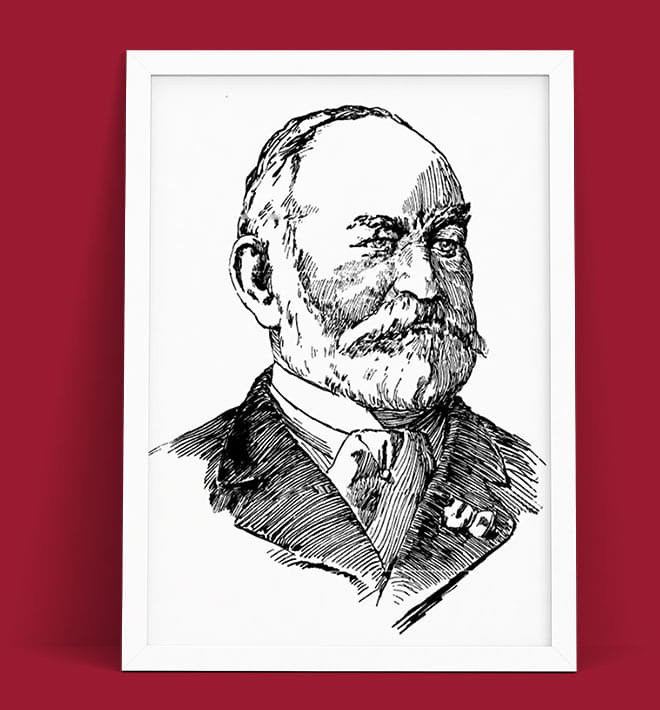Establishment of the Gladenbeck Foundry
In 1851, Gladenbeck established his own foundry in Berlin, initially operating from a former locksmith's workshop on Johannisstraße. His early success included commissions from renowned sculptor Christian Daniel Rauch, notably casting three reduced versions of Rauch's equestrian statue of Frederick the Great. As demand for larger works grew, Gladenbeck relocated his operations to accommodate more substantial projects.
Evolution and Legacy
The foundry, known as H. Gladenbeck & Sohn from 1878, became a family enterprise with the involvement of his son Oskar. In 1888, it transitioned into Aktien-Gesellschaft Gladenbeck, reflecting its expanded scope and influence. The foundry was renowned for its exceptional craftsmanship, producing works ranging from monumental public sculptures to intricate decorative pieces. Notable projects included the casting of the Confederate Memorial in Arlington National Cemetery and the "Three Dancing Maidens" fountain in New York's Central Park.
Artistic Contributions
Gladenbeck's foundry collaborated with prominent artists of the era, facilitating the realization of their designs into enduring bronze sculptures. The foundry's output was characterized by meticulous attention to detail and technical excellence, contributing to its reputation as a premier institution in bronze casting.
Conclusion
Hermann Gladenbeck passed away on November 11, 1918, in Friedrichshagen, Germany. His legacy endures through the enduring works produced by his foundry, which continue to be celebrated for their artistic and historical significance. Gladenbeck's contributions played a pivotal role in shaping the landscape of German sculpture during a transformative period in art history.

